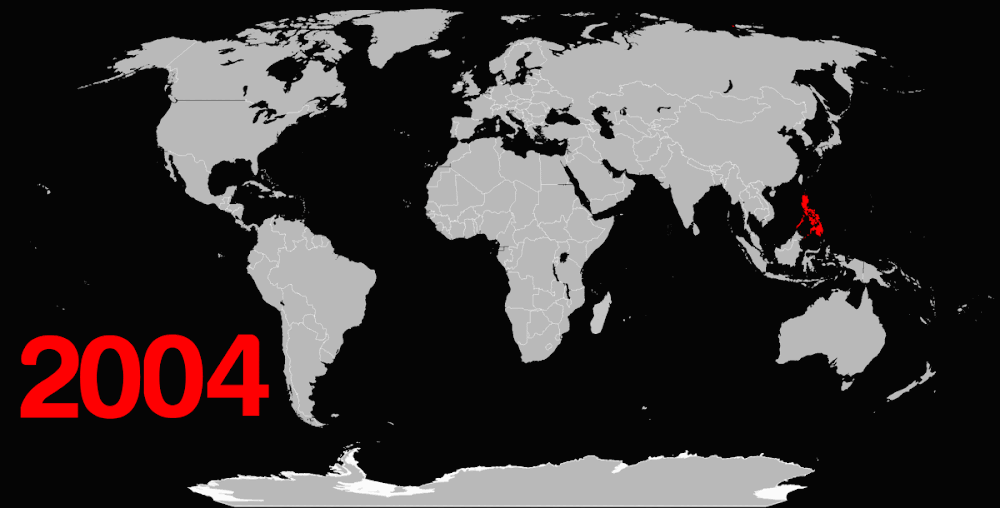
The good thing about my course is that there are activities, like a city excursion for instance. You already know well how I tend to be on full student mode instead of default tourist mode whenever I move to a new city to study a language. I live just right across the main train station here in Minsk and that’s the only area I really need everyday access to. Suffice it to say that I haven’t really gone sightseeing yet until my second week, when teacher and I joined this tour they call 15:15 Minsk.
If you can speak Russian, then I highly recommend this tour. It’s good listening practice! They have it in many cities across Europe at 3:15 PM every day, lasting for around 2 hours. The caveat is that the tour is totally in Russian. Immersion, baby! At least it’s better than when I tour a city alone, see a cool building and be like, oh that’s cute. I wonder what it is? Snap a photo. And then I move on with my life. My Russian might be rather basic, but at least I still caught some details. It was fun!



The 15:15 Minsk tour starts at the main train station, whose windows reflect the twin Stalinist façade of the apartment complex across the street where I reside. These used to be government offices. If I heard it correctly, the tour guide said that after being destroyed in both World Wars, the city underwent some serious renovation to echo the styles of its western neighbors. I guess that explains the overall Euro feel. We then had a stroll at nearby Michajlauski Garden Square and checked out some of the sculptures there.

Crossing two streets to the other side of Praspiekt Niezalieznasci, you will end up at Lenin Square. I already described the area in the previous blog entry, but I decided to Google some of the buildings there. Described as one of the biggest squares in Europe, it is now referred to as Independent Square IN ENGLISH. The metro station is still labeled as Ploshka Lenina/Ploshad Lenina in Belarusian and Russian, respectively. But as they say, a rose by any other name would smell just as sweet.



The building with a Lenin statue in front of it is the seat of the Supreme Council, which is another name for the Belarusian parliament. This building is the first one you usually notice because of its style and because of the statue in front of it, too. After that, the Church of Saints Simon and Helen tends to steal the show because of its attention-grabbing shade of red. The church is Roman Catholic and was built over five years from 1905 to 1910 according to Wikipedia. On the opposite side is BSU.

BSU stands for “Belarusian State University”. They offer Russian courses on a semestral basis, if I remember what I saw on their website correctly. I am considering it as one of my options if ever I decide to study Russian long term, but I am kind of turned off by the long list of documents that they are requiring. If I am to go through all those bureaucratic hurdles then I might as well just head to Moscow, no? But yeah, the building also commands attention because of its height and the Virgin Mary portrait.

We then passed by a museum but it was closed for some reason. We stopped by Pishchalauski Castle too, which is referred to as the Belarusian Bastille. They say it was used as a prison before. We didn’t go inside. Passing by another park with a monument dedicated to Polish poet Adam Mickievicz, we made our way to Pobeda Cinema which plays host to various international film screenings all year round. We then took a stroll along Praspiekt Niezalieznasci which is a candidate for the UNESCO World Heritage list.

That’s one of the things I understood wrong. I automatically assumed that it is ALREADY a UNESCO World Heritage Site. My teacher later clarified that the government already applied, but it hasn’t been granted such status yet. My bad. Hahaha. This is one of the dangers of joining tours in languages that you are not that good at yet. HAHAHA. Moving on, we also passed by the Presidential Palace and October Square, whose metro stop often confuses people new to the city because of its many names.

Minsk used to be the capital of the CIS, if I’m not mistaken. If I understood it correctly, this spot used to be the center of power. Nowadays, it is mostly used for cultural events as well as the commemoration of historical ones. The building which serves as the center of attraction is the Palace of the Republic, but I like the Greek colonnade of the Trade Unions Palace of Culture better. What? I think Greek columns are elegant. After that we ended up at Niamiha, but I had to run because of my medical appointment. To be continued!
[MINSK] Minsk 15:15 Tour



_poster.jpg)



0 creature(s) gave a damn:
Post a Comment